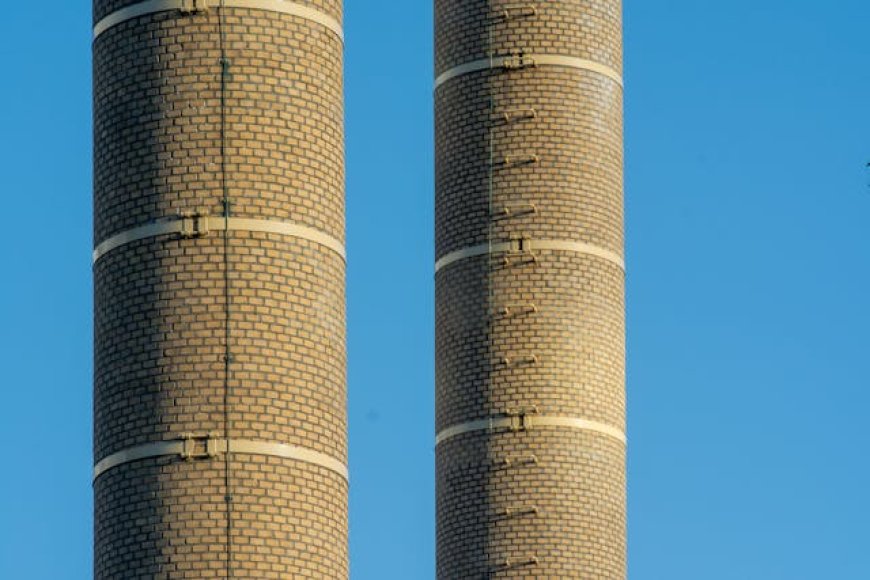The Essential Guide to Concrete Cleaner and Polyurethane Sealer Remover

When maintaining and improving the appearance of your concrete surfaces, choosing the right products can make a significant difference. Two critical tools in your arsenal are Concrete Cleaner and Polyurethane Sealer Remover. These products are designed to tackle different issues, but together, they can ensure your surfaces remain in top condition. This guide will explore the uses, benefits, and application methods for both Concrete Cleaner and Polyurethane Sealer Remover.
Understanding Concrete Cleaner
What is Concrete Cleaner?
Concrete Cleaner is a specialized cleaning solution formulated to break down and remove dirt, grime, stains, and other contaminants from concrete surfaces. Unlike regular household cleaners, Concrete Cleaner is designed to penetrate the porous surface of concrete, ensuring a deep clean.
Benefits of Using Concrete Cleaner
-
Enhanced Appearance: Regular use of Concrete Cleaner helps maintain the aesthetic appeal of concrete surfaces. By removing stains and discolorations, it restores the original look of your driveway, patio, or floor.
-
Increased Longevity: By removing harmful substances like oil and grease, Concrete Cleaner can help extend the lifespan of your concrete surfaces. These contaminants can lead to deterioration and wear over time.
-
Improved Safety: Clean concrete surfaces are less slippery, reducing the risk of slips and falls. This is particularly important for driveways and walkways.
How to Use Concrete Cleaner
-
Preparation: Sweep or vacuum the concrete surface to remove loose debris. For heavy-duty cleaning, consider pressure washing the area first.
-
Application: Dilute the Concrete Cleaner according to the manufacturer's instructions. Apply the solution evenly across the surface using a sprayer or a mop.
-
Scrubbing: Use a stiff-bristled brush to scrub the surface, paying special attention to stained areas. For large areas, a floor scrubber may be more efficient.
-
Rinsing: Thoroughly rinse the surface with water to remove any remaining cleaner and dissolved dirt. Ensure no residue is left behind, as this can attract dirt and grime.
-
Drying: Allow the surface to dry completely before using it. This will prevent any water spots and ensure a clean finish.
Exploring Polyurethane Sealer Remover
What is Polyurethane Sealer Remover?
Polyurethane Sealer Remover is a specialized product designed to strip away polyurethane sealers from concrete surfaces. Polyurethane sealers are often used to protect and enhance the appearance of concrete, but they can become worn or damaged over time. Polyurethane Sealer Remover effectively dissolves these sealers, allowing for their removal and replacement.
Benefits of Using Polyurethane Sealer Remover
-
Surface Preparation: If you need to reapply a sealer or change the type of sealer used, removing the old layer is essential. Polyurethane Sealer Remover ensures a clean surface, allowing new sealers to adhere properly.
-
Restoration: Over time, polyurethane sealers can become discolored, cracked, or peeling. Polyurethane Sealer Remover can restore the surface by removing these unsightly and deteriorated layers.
-
Enhanced Adhesion: Proper removal of old sealers ensures that any new coatings or treatments applied will adhere correctly and perform optimally.
How to Use Polyurethane Sealer Remover
-
Preparation: As with Concrete Cleaner, begin by sweeping or vacuuming the area. For best results, ensure the surface is clean and free from debris.
-
Application: Apply the Polyurethane Sealer Remover according to the manufacturer's instructions. This usually involves applying the remover in a thick layer over the sealer.
-
Dwell Time: Allow the remover to sit for the recommended amount of time. This allows the chemicals to break down the polyurethane sealer effectively.
-
Scraping: After the dwell time, use a scraper or floor machine to remove the softened sealer. Be sure to work in small sections to ensure thorough removal.
-
Cleaning: Once the sealer is removed, clean the surface with water and a mild detergent to remove any remaining residue from the remover. Rinse thoroughly and allow the surface to dry.
Combining Concrete Cleaner and Polyurethane Sealer Remover
While Concrete Cleaner and Polyurethane Sealer Remover serve different purposes, using them together can be part of an effective surface maintenance strategy. For instance, if you’re preparing a concrete surface for a new sealer application, you might first need to use Polyurethane Sealer Remover to remove any old sealer. Following this, applying Concrete Cleaner can help ensure that the surface is completely clean before applying the new sealer.
Tips for Optimal Results
-
Test in a Small Area: Before applying any cleaner or remover to the entire surface, test it in a small, inconspicuous area to ensure it does not damage the concrete.
-
Follow Manufacturer’s Instructions: Always follow the manufacturer’s instructions for both Concrete Cleaner and Polyurethane Sealer Remover to ensure proper application and avoid damage.
-
Protect Surrounding Areas: When using chemical cleaners, protect surrounding areas, including plants and furnishings, from potential splashes or spills.
-
Wear Protective Gear: Use gloves, goggles, and a mask when handling these chemicals to protect yourself from fumes and skin irritation.
Conclusion
Maintaining your concrete surfaces requires the right tools and products. Concrete Cleaner and Polyurethane Sealer Remover are both essential for keeping your surfaces clean and in good condition. By understanding their functions and following proper application techniques, you can ensure that your concrete surfaces remain attractive and durable for years to come.
What's Your Reaction?



















